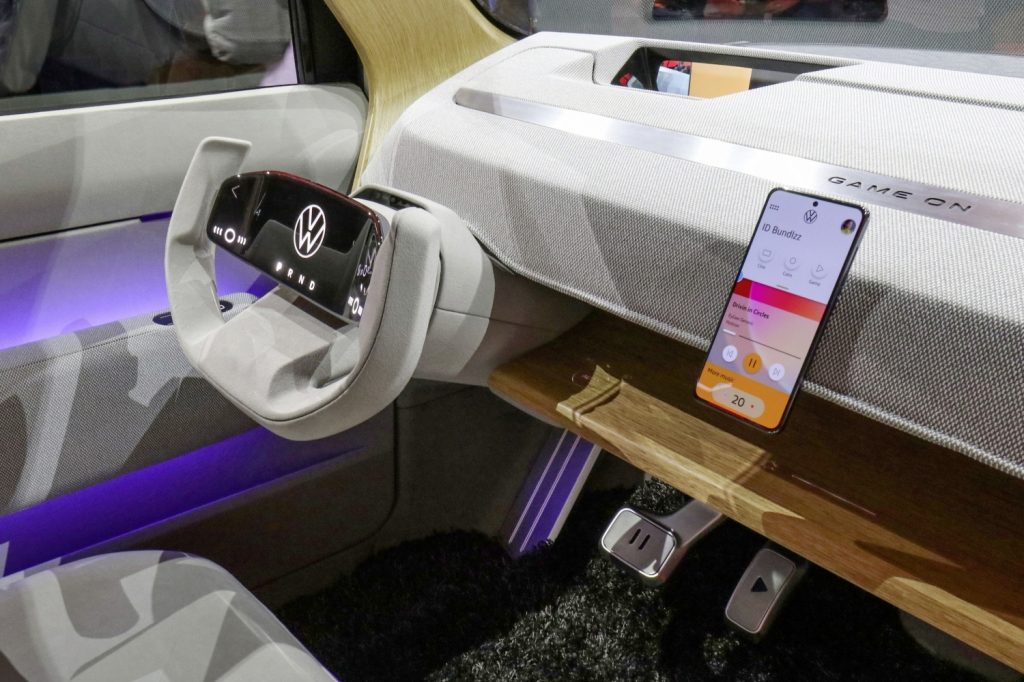There are many options on the market for luxury cars, even in the used car universe. Lexus, Cadillac, and Mercedes-Benz. But don’t worry, Consumer Reports has a more reliable option to offer. What makes a popular luxury car worth avoiding? Low reliability scores and a lack of advanced safety features make a used car worth skipping over.
The 2018 Lexus LS is a popular luxury car worth avoiding
Consumer Reports suggests avoiding some popular used luxury cars, like the 2018 Lexus LS. The scoring of the 2018 LS is out of character for the Lexus brand. CR gave the luxury car far below average scores of one out of five for reliability and owner satisfaction. In addition to the low scores, there are three recalls for the 2018 LS.
“This generation LS is anything but the embodiment of stress-free comfortable motoring,” CR said. Overall, the car doesn’t drive as well as it could, and the technology lacks a relatively new vehicle. If you happen to love the LS, CR says to go back one year further for a better all-around choice. Both years of the LS offer many standard safety features.
What to buy instead: 2017 Lexus LS
The ‘Under the Radar’ Alternative: 2019 Genesis G80
The 2017 Cadillac CT6 is a luxury car with low reliability
The 2017 Cadillac CT6 didn’t live up to expectations. It scored OK on the road test but didn’t impress Consumer Reports in the area of reliability. The reliability scored one out of five, and the owner satisfaction only scored four out of five. The 2017 CT6 also has an open recall and very few safety features were offered standard. Most of the features like Forward Collision Warning (FCW), Automatic Emergency Braking (AEB), and Lane Departure Warning (LDW) are optional.
The cabin was quiet even with the 335 hp V6 engine. CR says the interior is comfortable and luxurious, but the reliability was a considerable drawback overall. If you are big on the Cadillac sedans, skip this year.
What to buy instead: 2018 Audi A6
The ‘Under the Radar’ Alternative: 2018 Toyota Avalon
Consumer Reports says to avoid 2016 Mercedes-Benz C-Class used car
The 2016 Mercedes-Benz C-Class suffered a similar fate. The reliability score only came in at one of out five. The owner satisfaction came in at three out of five. However, the luxury car did OK in the road test. Overall, the 2.0L turbo engine was quick enough and strong enough to appease drivers. It also managed to get 26 mph overall. AEB is standard, but the rest of the features like FCW and LDW are only optional.
However, even luxury brands like Mercedes have off years. Much like the 2018 Lexus LS and 2017 Cadillac CT6, the 2016 Mercedes-Benz C-Class is worth skipping. The low reliability score is a warning to find another year that won’t give owners more headaches as time passes.
What to buy instead: 2018 BMW 3 Series
The ‘Under the Radar’ Alternative: 2018 Acura TLX
There are a lot of options out there
These are good suggestions for those looking for used luxury cars, but don’t worry about it too much. Consumer Reports also offered some under-the-radar alternatives for people. Don’t be afraid to look around and use sites like Consumer Reports, Kelley Blue Book, and Edmunds offer a lot of advice. Also, always get a pre-purchase inspection before driving off in your new luxury car.
RELATED: The Most Reliable Luxury SUVs of 2021 According to U.S. News
The post Consumer Reports: Popular Used Luxury Cars to Avoid appeared first on MotorBiscuit.


 (@Autoblogcomar)
(@Autoblogcomar) 


